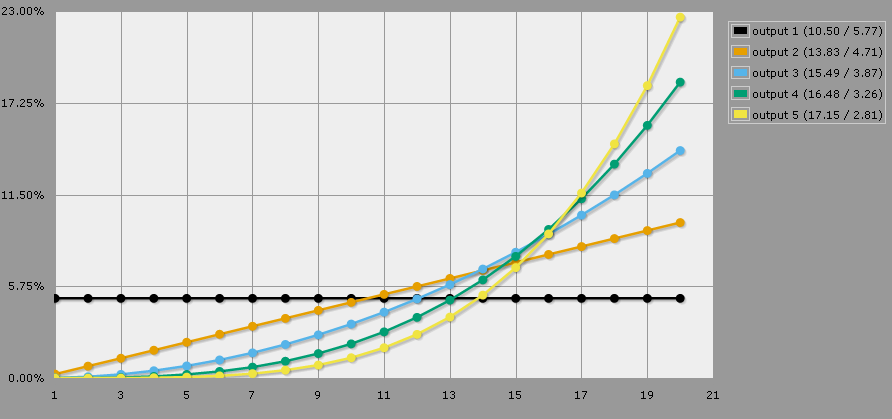Stacking Advantage (5e Variant Rule)
Stacking Advantages[edit]
"I have higher ground, the enemy is blind, I have a magical effect enhancing my attack!" ...But only one advantage is accounted for?
Target Audience[edit]
- People who like rolling lots of dice, or like dice pool systems.
- People who enjoy added complexity in dice rolling and task resolution.
- People who want more internal consistency in the game, and would like for all contributing factors in a situation to be mechanically accounted for.
- People who dislike that additional advantages are wasted, and would like tactical or build options rather than restrictions.
- DMs who want hordes of over-powered enemies crashing into equally over-powered PCs.
Reason and Scope[edit]
In the core rules, advantage or disadvantage is only ever applied once, regardless how many sources may grant it. This rule simply negates that limit.
Rule Change[edit]
There are two versions of this rule. The basic version has a heavy impact on gameplay, while the second version is more muted. The biggest commonality between both systems, is that it encourages more inter-class tactical cooperation to try and stack extra advantages onto each others' best attacks.
Strong Stacking[edit]

|
|---|
| An anydice output showing the probability of rolling any given natural result at various levels of stacking advantage. Black: No Advantage, Orange: Advantage, Blue: 3d20, Green: 4d20, Yellow, 5d20. |
For each source of advantage or disadvantage on a roll, the player rolls an additional d20. Each advantage/disadvantage pair cancels out. After all canceling-out, take the highest roll or lowest roll for advantage or disadvantage, respectively.
- Example: Bruenor is receiving advantage from five sources and disadvantage from two sources. Two advantage/disadvantage pairs cancel out, leaving three advantages. Bruenor rolls 4d20 and takes the highest result.
Impact[edit]
Because this rule impacts rolls made against players just as much as it impacts rolls made by players, it is unlikely to imbalance gameplay, so a crafty DM should be able to account for any potential imbalances it may introduce into the game. It may, however, slow combat down as players and DMs alike go digging through a "shopping list" of advantages and disadvantages applying to every single situation. It may also become excessive as DMs come up with increasingly contrived sources of monster advantages and PC disadvantages to deal with the increasing stack of inter-character advantages the party presents.
Weak Stacking[edit]
As above, but instead of adding more than one die for each source, apply +1 or −1 to the result for each (dis)advantage after the first.
- Example: Bruenor is receiving advantage from five sources and disadvantage from two sources. Two advantage/disadvantage pairs cancel out, leaving three advantages. Bruenor rolls 2d20 and takes the highest result, then adds +2 for the two additional advantages.
Impact[edit]
This version is intended to account for multiple instances of advantage or disadvantage mechanically, without outright defying the intended mechanical purpose of the advantage system in the first place.
Back to Main Page → 5e Homebrew → Rules
